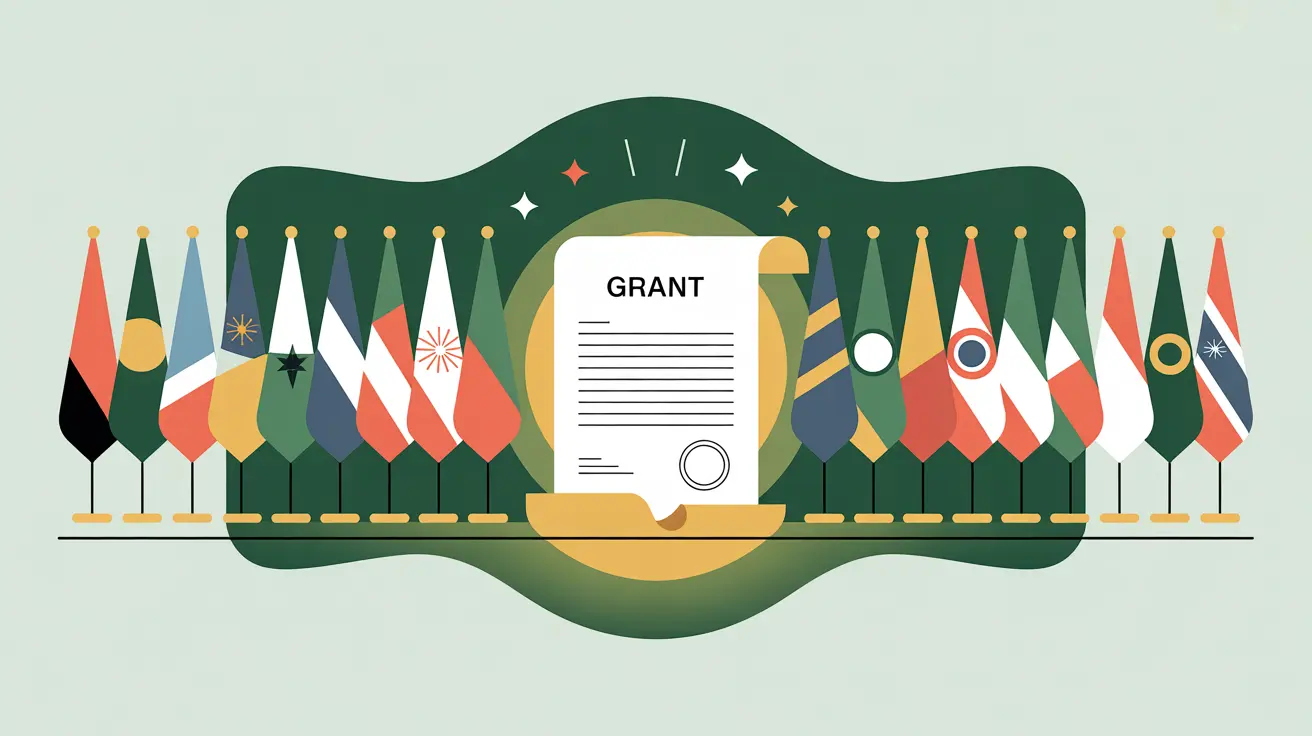Importance of Multilateral and Bilateral Donor Grants
Multilateral and bilateral donor grants are among the largest and most influential funding streams for nonprofits working in social innovation and international development. These grants often come from global institutions such as the World Bank, UN agencies, or regional development banks (multilateral), or directly from individual governments through their international aid agencies (bilateral). They matter because they provide significant, multi-year funding that enables nonprofits to undertake large-scale projects with systemic impact. However, they also come with complex compliance requirements and accountability structures that can shape how organizations operate. Donors, boards, and regulators regard success with these grants as a mark of institutional credibility and capacity.
Definition and Features
Multilateral grants are defined as funds disbursed by international organizations that pool resources from multiple countries to support development, humanitarian, or innovation programs. Bilateral grants, by contrast, are provided directly by one government to nonprofits or partner organizations in another country. These grants are often restricted, requiring funds to be used for specific projects or outcomes. They can cover direct program costs, capacity building, or technical assistance. Features include rigorous proposal processes, detailed reporting requirements, external audits, and strict compliance with donor regulations. Unlike unrestricted contributions, these grants are tied to donor priorities, geopolitical interests, or thematic focus areas such as health, education, or climate resilience.
How This Works in Practice
In practice, nonprofits pursue multilateral and bilateral grants through competitive bidding processes, often requiring extensive proposal development, evidence of past performance, and demonstration of financial and governance systems. Once awarded, funds are disbursed in tranches tied to milestones or reporting deliverables. For example, a bilateral donor such as USAID may fund a $10 million education project, requiring quarterly financial reports, independent audits, and detailed performance metrics. Multilateral donors like UNICEF or the Global Fund often structure grants with co-financing requirements or matching contributions from host governments. Managing these grants requires robust grant management systems, strong internal controls, and the ability to coordinate across multiple stakeholders.
Implications for Social Innovation
For nonprofits in social innovation and international development, multilateral and bilateral donor grants are double-edged: they provide the scale and legitimacy to implement systemic change, but they also bring complexity, compliance burdens, and reduced flexibility. Transparent reporting of these grants reduces information asymmetry by clarifying the balance between large institutional funding and other sources, such as philanthropy or earned income. Boards and donors see success in this space as evidence of organizational capacity, while communities may benefit from long-term investments in infrastructure, services, and systemic reforms. By managing multilateral and bilateral grants effectively, nonprofits demonstrate accountability, strengthen partnerships, and position themselves as credible actors in advancing global development and social innovation.







